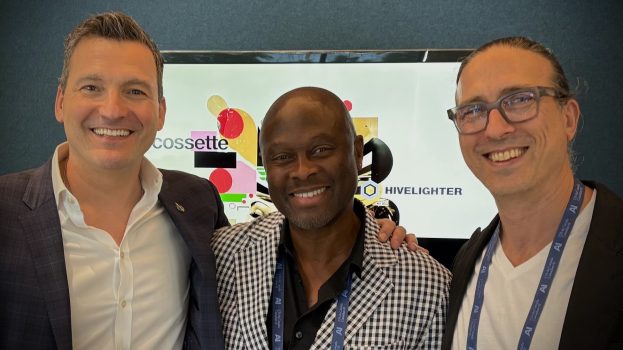For the February/March issue of strategy, guest editor Steve Mykolyn of Taxi posed the question to several industry heavy-weights: how do you future-proof the business? They came back with their thoughts on dealing with today’s world of rapid-fire change, and here we present the first of the series.
By Nick Law
For an industry that sells creativity, advertising has shown a startling failure of imagination about its future. We all know the past doesn’t predict the future, and yet the future our industry is betting on is more ads, served with a Big Data magic sauce.
According to Maurice Levy and John Wren, the best way to future-proof a holding company is to merge it with another, making their Big Data bigger. If the agencies’ role has always been to help make sellers’ stuff more appealing to buyers, data’s role in this game is to guess what a buyer might want, and then serve them the right ad at the right time and place on behalf of the seller.
Google has grown into the world’s biggest media company with a coldly efficient algorithm making better guesses based on what people already look for. What Levy and Wren are worried about is a future where sellers (their clients) go directly to Google and other big digital media companies (which are generating the vast majority of the data) to reach buyers.
Rather than worry about the survival of agencies, they should worry about the survival of ads because in the future, ads will need data, but data will not need ads.
There are two forces that will determine how data will be used in the future. The first is a culture exhausted with advertising. We’ve gone from the giddy consumerism of the postwar era, when a newly affluent consumer was happy to play the game with sellers, to 50 years later, where buyers have decoded the feckless language of advertising and lost interest in the game played in a media-engorged world choking with countless brands’ ads. It doesn’t matter if data has served me a relevant ad if it’s one of 20,000 jostling for my attention. The ability to avoid most ads with a dismissive click, tap or swipe has delayed our industry going the way of telemarketing.
The second force at work is the democratization of data. Like media before it, access to the creation and distribution of data is going from a few (top-down) to everyone (bottom-up). And just like media, we should think of data as bought, owned and earned. An example of owned data is Nike+: because 20 million people are happily getting value out of Nike+, the data it generates is earned. Most importantly, the best use of this data is not ads. It can inform direct and judicious communications to the user through the platform (which they visit three times a week). The data is such a clear signal of intent that it can also inform product development.
Every category is developing software services and our world is rapidly being filled with connected devices and sensors being used to track, inform, transact and socialize. Soon the world will be swimming in data. Some of it will be used for ads. Most of it won’t be.
The homework:
Naturally, the best way to future-proof a career in advertising is to future-proof your clients’ brands. And the best way to do this is to figure out how they can make their customers’ lives better. There will still be a place for ads, especially for clients who have something no one knows about. But sellers will always be looking for a better (and more efficient) relationship with buyers, and in the future an ad might just get in the way of that.
Nick Law is the global CCO of R/GA in New York. He was born in Australia, which is big and bleak like Canada, but hot and full of convicts.
Illustration by Gary Clement.























